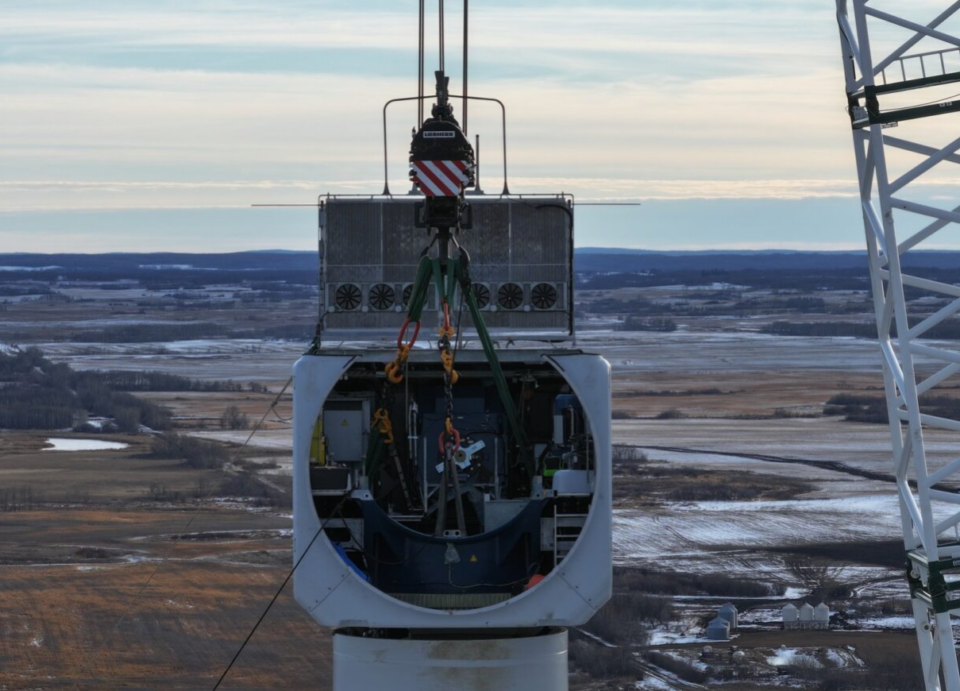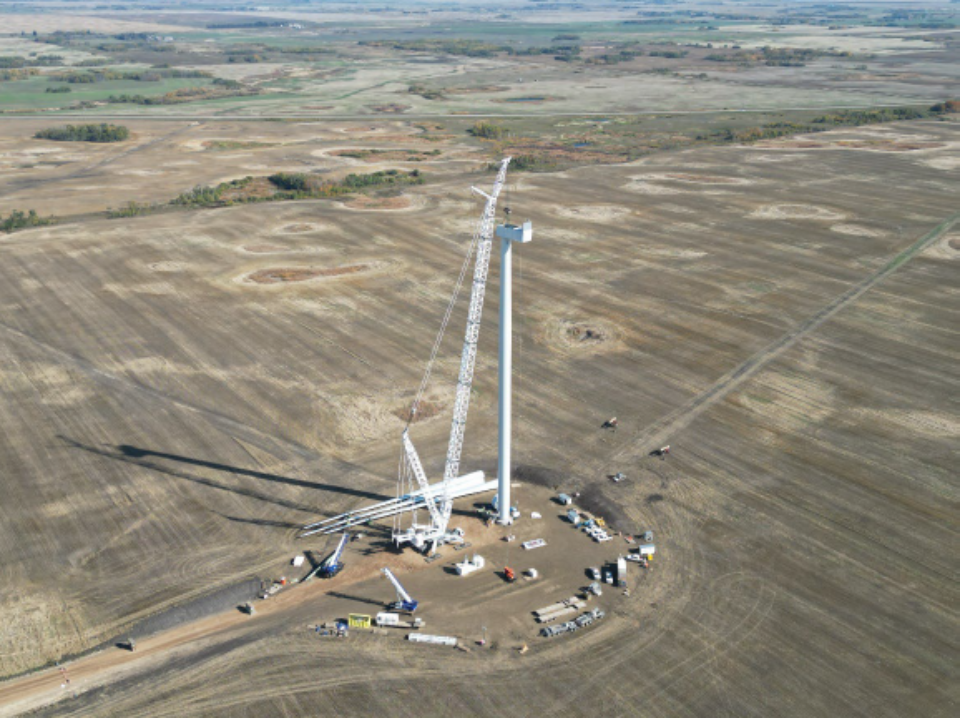Sean Willy says the Canada Infrastructure Bank (CIB) is making a real difference for his Saskatchewan First Nation by helping it to address a lingering infrastructure challenge that exists across the country: clean water and wastewater treatment.
The CEO of Des Nedhe, the English River First Nations economic development corporation, is proud the First Nation is building a new wastewater treatment plant. The new facility will help its 135-acre Grasswoods Urban Reserve near Saskatoon and the nearby rural municipality of Corman Park to transition away from septic systems with a $27.3-million loan from the bank.
“Thanks to a financing agreement with CIB, we were able to build a state-of-the art, sustainable wastewater treatment facility and adjacent infrastructure, allowing us to attract a wide range of tenants and create long-term revenue opportunities for the community,” Willy said.
Some of the most important infrastructure needs for Indigenous communities are those that enable them to develop their land to attract businesses, drive investment and create long-term income and job opportunities, he added, noting infrastructure is really the backbone of economic development and community resilience.
Willy said access to affordable capital is by far the biggest roadblock to addressing infrastructure needs in communities. However, securing financing for large-scale projects can be difficult because of perceived risks of lending to Indigenous communities that lead to unfavourable lending terms.
“Overcoming these roadblocks means we need to provide targeted support, including more favourable financial conditions and training programs, to empower communities to build the infrastructure they need for long-term growth.”
The CIB is helping Indigenous communities across the country deliver important infrastructure projects. To date, the CIB has committed $501.5 million towards its objective of investing more than $1 billion in projects in partnership with and for the benefit of Indigenous communities. The 15 projects, range from solar farms in Alberta and a regional airport in Thompson, Man., to broadband connections in many small and remote communities.
Matt Jamieson, CEO of the Six Nations of the Grand River Development Corp., says water quality, its distribution and wastewater treatment are the most significant infrastructure needs in his community, Canada’s most populous reserve, near Hamilton, Ont.
“I think about over $200 million of just water infrastructure is required to connect all the existing homes on the reserve,” he said in an interview.
“We have a few parcels [of land] on the reserve that we would like to develop, but we just don’t have the capital to connect them to our existing infrastructure,” Jamieson said, adding that building housing would convince members to return to the reserve and fuel pressure for healthcare, education, language programs and other basic infrastructure needs.
With the community so dispersed it’s hard to justify the investment on an economic basis because the payback would be so long. So, the band council does what it can to address the situation on a piecemeal basis.
Tackling infrastructure that leads to a healthier society promotes Indigenous reconciliation, Jamieson says.
“The more that you’re healthy and vibrant, the more that you can be progressive in thinking and pursue new opportunities” like Oneida Energy Storage.
He credits the CIB with playing a critical role to get the project led by Six Nations, Northland Power and NRStor built.
“Because it was such a new innovative technology, the CIB was the only party there that that was willing to step up and to support that sort of level of innovation.”
Bill Lomax, CEO of the First Nations Bank of Canada, says his Indigenous financial institution is part of the solution to deliver infrastructure capital across the country. It is matching $100 million from the CIB to address infrastructure needs which range from housing, clean drinking water and sanitation all the way up to economic development projects that facilitation more community growth.
“The infrastructure gap that exists in First Nations communities alone, estimated around $208.9 billion, requires many industries, sectors, governments, and institutions like CIB pulling in the same direction,” he said.
Infrastructure is the cornerstone for nation-building and reconciliation, he added.
“The ability to grow an economy and build a thriving community requires basic infrastructure to meet critical needs like bringing in groceries on reliable roads or creating the ecosystem for business growth. This is true for Indigenous and non-Indigenous communities alike, good infrastructure increases access and facilitates business, both of which help with economic and social parity.”




